The number of indigenous people in the Arctic zone who would preserve their language, culture, and traditions, is falling rapidly. For example, there are only a few dozen Enets living on the planet now. Within the framework of the exhibition “The World in Faces”, which was shown for a several months at the UN in Geneva, Russian photographer Alexander Khimushin told with his art five living stories about rare Arctic representatives of indigenous peoples of Russia exclusively to PolarJournal.
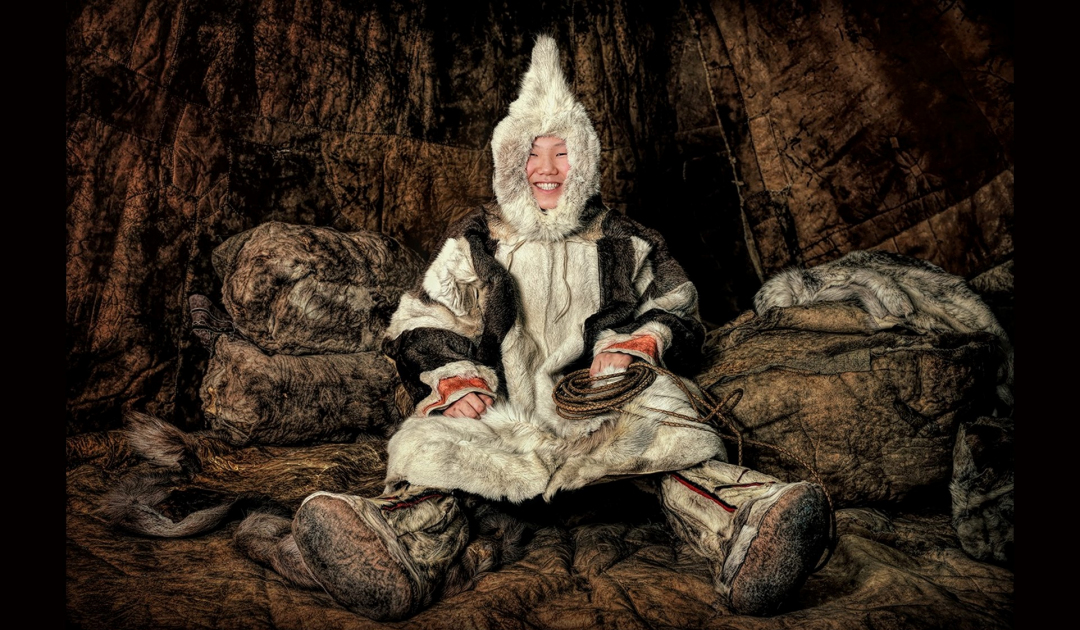
Veniamin (Venya) is a 15 year old boy with Nganasan and Dolgan roots. These two ethnic groups are considered the Northernmost people of the Eurasian continent. On the Taymyr Peninsula, where Venya lives, there are no other indigenous ethnic groups further North anywhere in the world. Venya grew up far away on the tundra with his parents in a little dot on a map called Dorofeevka. It is not even a village, and the only landmark nearby to define the location is an Arctic meteorological station. His father is a hunter and fisherman, and his mother is a housewife, who looks after four children. Venya studies in the school in Dudinka now, where he is learning to play vargan, also called the Jewish harp. For him is important to preserve the Nganasan and Dolgan culture. Thus, he already plays their traditional music, learns their traditional dances and sings their songs.

Vadim has been living on the tundra with his family all his life. Nearly 200 reindeer provide them with food, clothing, and shelter. Vadim has a small house on skis and thus is able to move it anytime to a new location. But he avoids any towns and their hectic lifestyles. Vadim likes his peaceful and quiet life in the Arctic, even if the nearest village is 70 km away and most goods and supplies from this village can only come in by helicopter. The Nenets (which means “people”) are officially considered a “small-numbered indigenous people”, which gives them special protection status within the Russian federation. Yet, their two languages and their culture are at peril due to the increasing pressure of foreigners moving into their territory because of the exploration of the natural resources there.
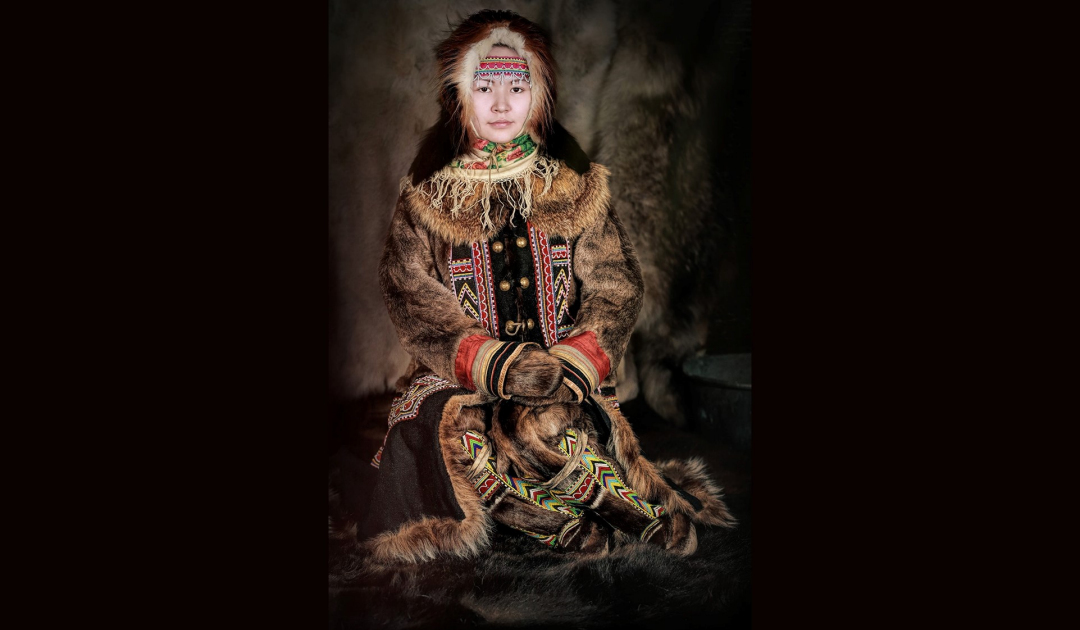
Elya is a 25 years young woman, who is living in the Northernmost settlement of Eurasia, Volochanka village. There are no roads at all and it takes a three-hour helicopter ride to get from there to the nearest city Dudink, in the Krasnojarsk region, which has an all-year-around Arctic seaport for big cargo ships. Elya regrets that her parents did not teach her to speak the Dolgan language. Of the around 8,000 Dolgan people who remain on Earth, only about 1,000 speak their native language. Thus, Elya decided to become a kindergarten teacher and to do everything to preserve this linguistic heritage. She is a part of the special government-funded program “language nests”, which help different ethnic groups to learn their native languages.
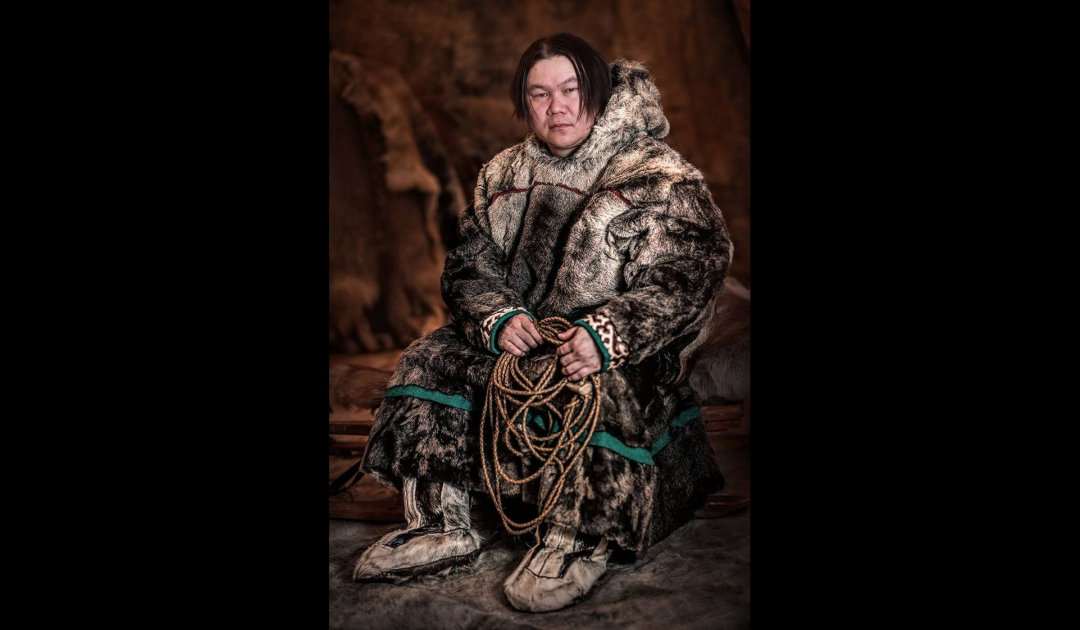
According to the official census data of 2010, there were around 200 Enets living in the Arctic. In reality, this number is much smaller, probably less than 100 people. Serezha is 34 years old and was born to a family of nomads, which spent most of its time on the tundra. However, in the end they decided to settle in Vorontsovo, a small village, reachable only by helicopter. Serezha is living his dream: he is an art designer at the Taimyr Culture House of Indigenous People. Furthermore, he is proud that he successfully defended his PhD thesis on the topic “Enets Language and Culture: traditions and modern days”. Serezha is convinced that saving the Enets is still possible and he is very active in efforts to do so.
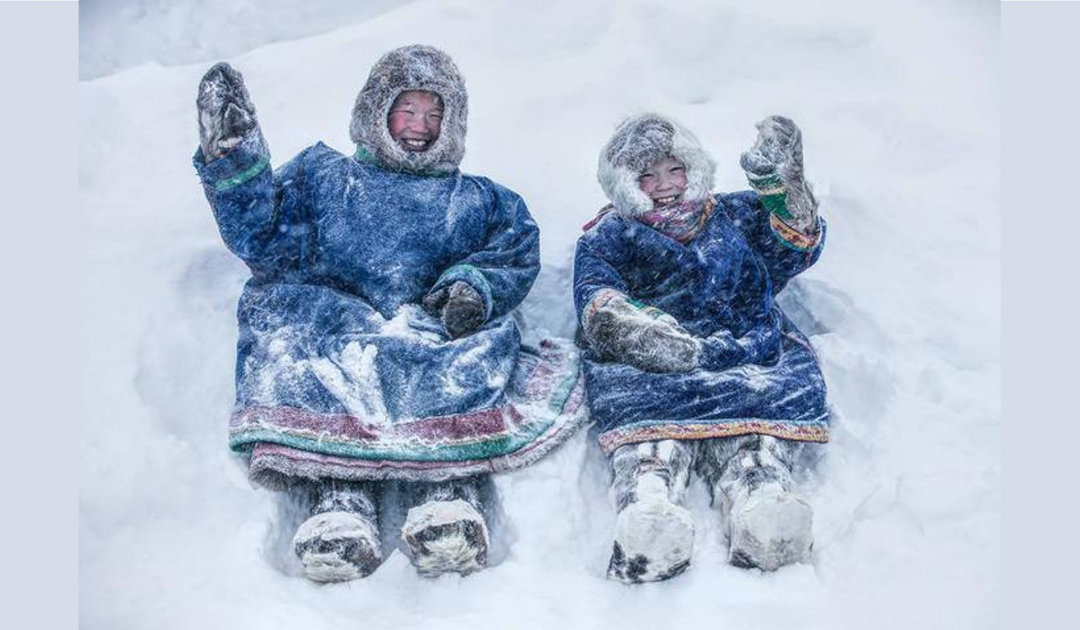
I flew by helicopter to the Taimyr Peninsula in the village of Tukhard. The name sounds like “too hard”, and, to some extent, it matches the severe weather conditions there. I arrived during a heavy snowstorm. There was a storm warning, the temperature was -42 degrees, no one was allowed outside. I sat in the house for two days and when I could not stand it anymore, I went out into the street. Imagine my surprise when I saw that the children were playing and frolicking, and the blizzard was not a hindrance to them. They jumped into snowdrifts from the roofs of snow-covered houses, threw snowballs. And at that moment I captured Maxim and Mikhail Kayarin, two 9-year-old boys, with my camera.
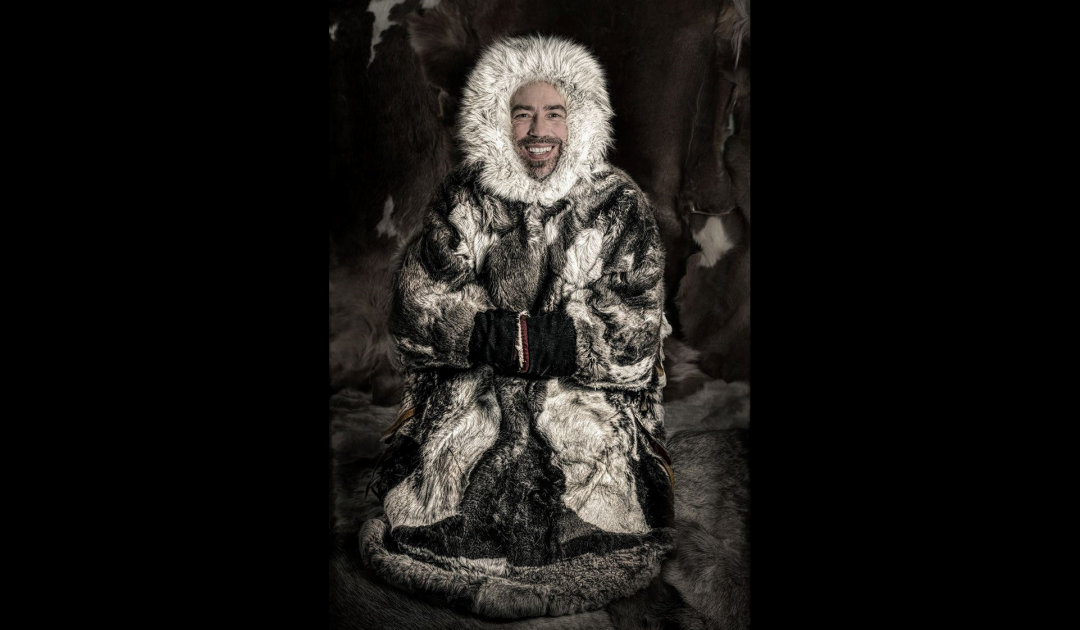
Ethnic photographer Alexander Khimushin told us these stories during his exhibition “The World in Faces” at the UN in Geneva. On 170 faces of different ethnicities from all over the world, the photo artist managed to convey universal truth and boundless beauty in faces, eyes, and with the help of traditional costumes. “I was born in Yakutia and, in my childhood, I had a dream, like in a fairy tale, take a knapsack and go wandering to see the world,” he explained. “And I did it. I lived in different villages and cities of our planet sometimes for half a year or even a year. So, I traveled to more than 80 countries. My goal was to get acquainted with the local culture, to plunge into the real life of people. You know, these trips completely changed my understanding of people, my values,” said Khimushin.
All people are brothers and sisters and nothing should stop us from respecting and loving each other.
Alexander Khimushin, Photographer
However, just after 8-9 years of traveling, he understood the true purpose of it, his mission. “I realized that I want to tell the world through my photographs about how we are all different, but internally united, and very close. All people are brothers and sisters and nothing should stop us from respecting and loving each other. Obviously, every nation, ethnic group, large or small, is proud of its culture and traditions, and I want to show this kaleidoscope of faces, especially their depth. But I believe that if we are more attentive to each other, interested in each other, then there will be less physical, mental and emotional boundaries and conflicts,” Khimushin describes the main peacekeeping idea of “World in Faces”. The exhibition was organized in the diplomatic “capital” of Switzerland with the support of the Permanent Representative of Russia to the UN in Geneva and the Russian company Norilsk Nickel. The “World in Faces” exhibition came to Geneva after a successful vernissage at the UN in New York, then at the Council of Europe, in Strasbourg. It was exhibited for a long time at UNESCO in Paris and, after Geneva, it will be on display in Berlin.
Ecaterina Cojuhari, PolarJournal
Link to Alexander Khimushin’s Facebook page
Link to the UN website “The World in Faces”
More to the subject:





